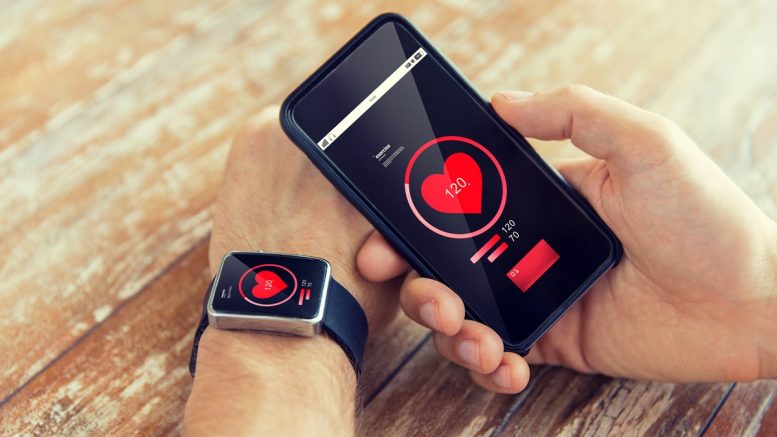Health care is on the verge of a technological revolution. Many of these technologies promise to improve patient outcomes and care accessibility, but they pose unique challenges, too. Wearable medical devices — or, more simply, wearables — are a prime example.
In a perfect scenario, wearables will take telehealth further, maximizing health care accessibility and enabling precision medicine. In practicality, though, they risk worsening the very care disparities they aim to close.
How Wearable Health Could Improve Outcomes
It’s hard to deny the health care advantages of medical wearables. These devices monitor individual patients’ physiology within the context of their everyday lives. That specificity can help close research and care gaps stemming from historical prejudices.
Ethnic minority groups, for example, experience higher rates of illness and death than white patients. Part of this gap stems from most historical medical research focusing on white patients, so many treatments fail to account for possible biological differences. A stream of new data on these underrepresented patients from wearables could reverse that trend.
Research aside, having patient-specific data enables patient-specific treatment. This tailored approach to health care minimizes bias and false assumptions, as doctors are responding to hard data from the specific patient. Health care outcomes will likely improve as a result.
Wearables could also extend telehealth to overcome socioeconomic barriers to health care. Many patients cannot make regular in-person visits to hospitals and doctors’ offices because of economic or accessibility barriers. Wearable technologies let health professionals track these patients’ vitals without in-person visits, ensuring this accessibility gap doesn’t mean a disparity in care.
Wearables’ Accessibility Challenges
Despite these advantages, wearable technologies could worsen health care disparities across socioeconomic groups. Their potential to close these gaps hinges on diverse patient groups using them equally. That may be hard to achieve because of the very accessibility obstacles wearables aim to overcome.
Wearables, like many new medical technologies, are expensive. While most insurers cover some device costs for purpose-built health monitoring gadgets like sleep trackers and pulse oximeters, they don’t cover everything. Few offer any support for general-use wearables with medical features, such as fitness trackers.
It’s also important to recognize that insurers will only cover costs if patients have prescriptions for these devices. Getting such a prescription may require more frequent in-person visits, which people in some socioeconomic groups are less likely to be able to do.
Given these economic barriers, most patients using wearables will likely be those already in a privileged position. As a result, wider wearable rollout could continue the cycle of overlooking some groups in medical research data. Disparities in health outcomes could also grow, as the groups who can afford wearables will benefit from precision medicine, leaving others behind.
Steps for Inclusive Wearable Health Rollout
In light of these risks, medical organizations must ensure their wearable rollout improves equity, not hinders it. Several complementary strategies can support that goal.
Cost-Effective Manufacturing
First, device manufacturers must make wearables more affordable. Designing simpler, less feature-rich devices is a good start, but the manufacturing process itself must become more cost-effective, too.
Automation and digitization can significantly lower production costs over time. While these technologies require more upfront expenses, health care medical revenue goals have risen by 10% on average despite inflationary losses. Investing the returns of newfound growth into scaling and optimization will let manufacturers justify a lower consumer price.
Supply chain restructuring may also be necessary. Over 90% of medical devices in low- and middle-income countries are imported. Placing production closer to these devices’ end users will lower supply chain costs for added affordability.
Disparity-Conscious Rollout
Next, medical organizations should rethink their target markets. Shipping devices evenly across the board will likely lead to increased adoption in high-income areas before others. This will exacerbate existing data and care disparities, so a more targeted rollout is necessary.
Organizations should aim to deliver wearables to low-income areas and other underserved populations first. Focusing on these areas and partnering with local practices within them will ensure more resources go to the people who need the most help. While this strategy does mean sacrificing some potential profits initially, it will lead to a more equitable health care industry.
Patient Education Programs
Patient education is another key part of the solution. Availability only makes a difference if people take advantage of what they can.
That barrier is larger than it may initially seem, as 51% of insured adults have difficulty understanding their health insurance, including what it covers. Equitable wearable rollout must address knowledge gaps like this. Clear instructions on devices, their usage and how to manage payment plans are a good start.
Further patient education programs — like free community classes and events — can explain to people what wearables are accessible to them, what their insurance may cover and how to request one. This guidance will foster more participation and drive the demand for low-cost, accessible wearables.
Wearable Health Technologies Pose Equal Opportunities and Challenges
Regulatory changes and shifts in the insurance industry will likely be necessary to fully overcome wearables’ accessibility gaps. Until then, these strategies can help wearables improve health care equity more than they harm it.
Failure to consider wearables’ potential downsides could lead to increasing disparities in care standards. However, if the industry adapts to these needs, this technology could improve patient outcomes across all socioeconomic groups.
By Devin Partida, Rehack





